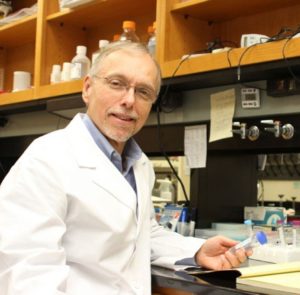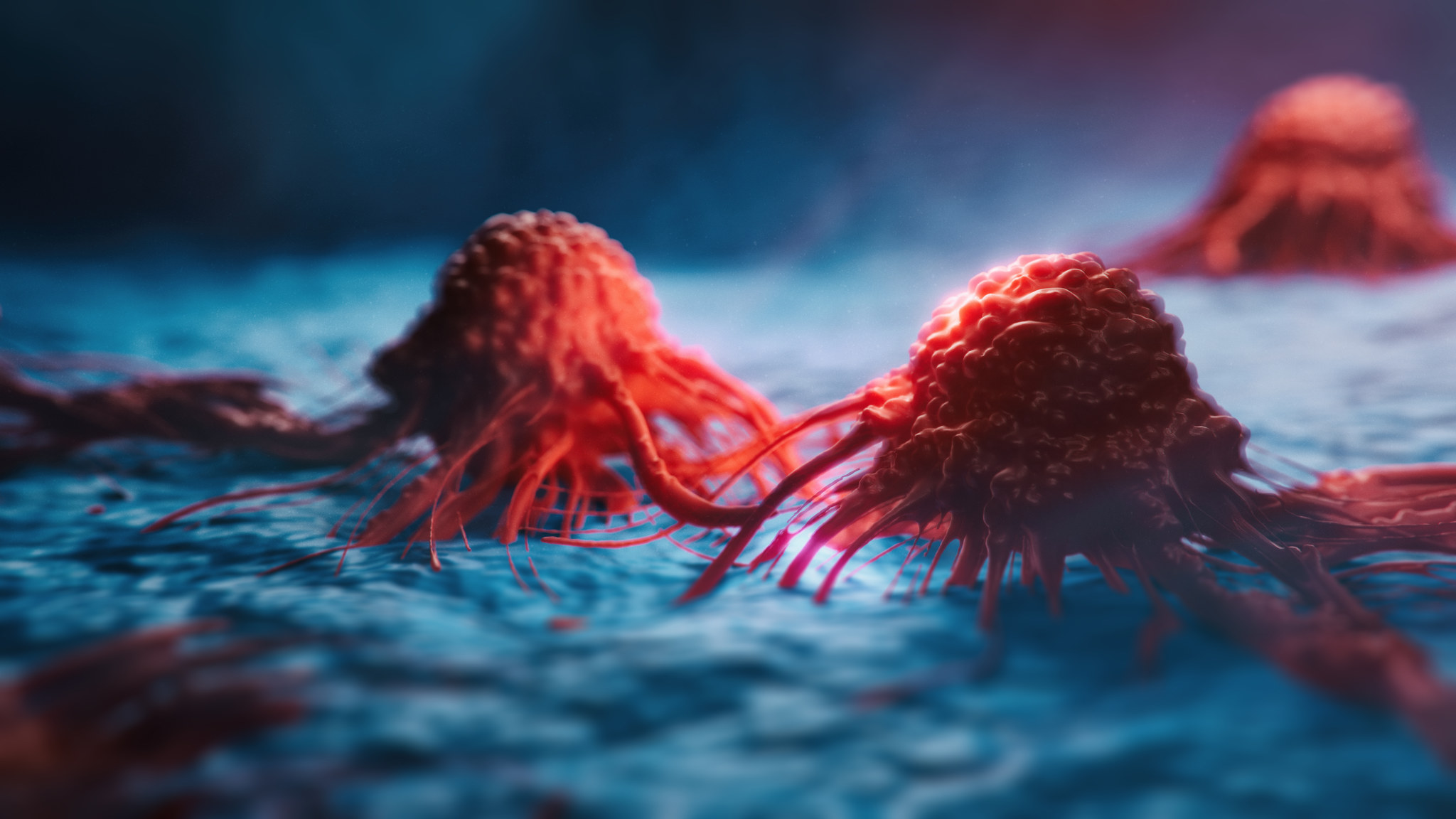
Northwestern Medicine investigators have discovered that the presence of a rare genetic mutation found in the ACE gene in patients with Alzheimer’s may provide further insight into the pathologic mechanisms that cause the disease, according to findings published in Science Translational Medicine.

“There are three mysteries of Alzheimer’s disease that really are enigmatic: why age is the primary risk factor, why women have an increased susceptibility for developing Alzheimer’s, and why there is selective death of neurons in regions of the brain that are important for memory. And our study, I think, provides some insight into those three mysteries,” said Robert Vassar, PhD, the Davee Professor of Alzheimer Research and senior author of the study.
Leah Cuddy, PhD, research assistant professor of Neurology in the Division of Behavioral Neurology, was first author of the study.
Previous work has shown that the risk of developing Alzheimer’s disease is associated with the presence of the angiotensin-converting enzyme gene, or ACE, but the pathologic mechanisms by which ACE may cause Alzheimer’s has remained unknown, according to the authors. In collaboration with colleagues at Massachusetts General Hospital, the team had previously discovered rare genetic coding variants of ACE, specifically ACE1 R1279Q, in families with a history of Alzheimer’s.
For the current study, the investigators searched genome sequencing databases and discovered the mutation ACE1 R1279Q in Alzheimer’s patients, then generating knock-in mouse models where the mice were engineered to express this same ACE mutation.
In the mice, the team found that levels of ACE1 were elevated in neurons and further increased as the mice aged. Furthermore, aging increased neurodegeneration and inflammation most prominently in the hippocampus of the mice, a brain region involved in learning and memory.
Additionally, female mice had more brain inflammation and memory impairment compared to male mice, suggesting a pathologic mechanism for higher risk of Alzheimer’s in females than males, according to the authors.

“We still don’t fully understand why the female brain is more susceptible to Alzheimer’s, but we think something predisposes it to greater inflammation when there is an elevation of the ACE enzyme that puts the neurons at more risk,” said Vassar, who is also director of the Alzheimer’s Disease Center of the Mesulam Center for Cognitive Neurology and Alzheimer’s Disease, scientific director of the Division of Behavioral Neurology, and a professor of Cell and Developmental Biology.
Going one step further, the investigators validated the involvement of ACE1 in the development of Alzheimer’s by treating the mice with two FDA approved drugs: one that inhibited ACE1 enzyme activity and another that blocked an angiotensin receptor called AT1R, which supports signaling in the ACE1 pathway.
By inhibiting ACE1 and AT1R, the drugs were able to prevent neurodegeneration and neuron death in the hippocampus of the mice. The drugs are currently used to decrease hypertension, and with support from the Feinberg Cardiovascular and Renal Research Institute and the Center for Translational Imaging, the investigators also found that the mice did not experience a difference in blood pressure or cerebrovascular functions. These results suggest that ACE1 R1279Q causes Alzheimer’s by directly promoting neurodegeneration in the brain, rather than through an indirect process involving blood pressure, according to the authors.
Finally, the investigators crossed the knock-in mice with a mouse model of Alzheimer’s that had developed amyloid plaques — deposits of an abnormally configured protein that forms in the spaces between nerve cells and are one of the key pathologies of Alzheimer’s — and found that brain degeneration was accelerated in the mice.
“There are FDA-approved drugs out there now for hypertension. Brain-penetrant versions of these drugs are available, and they could be used tomorrow in a clinical trial to determine whether we can prevent Alzheimer’s, or at least maybe delay the onset or slow down the progression of this terrible disease,” Vassar said.
Currently, the investigators are working to characterize other genetic mutations in ACE found in Alzheimer’s patients to determine if they similarly affect the function of ACE1.
Disease-modifying therapies such as those used in the current study should be clinically tested in the form of long-term prevention trials and enroll at-risk patients who have not yet developed symptoms, the authors noted.
This work was supported by the Cure Alzheimer’s Fund and an American Federation for Aging Research postdoctoral fellowship award.






